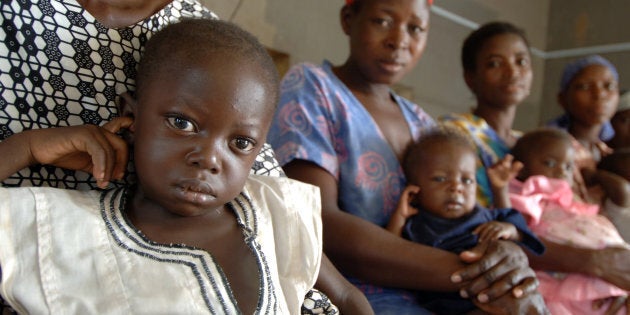
Written by Dr. Claire E. Brolan
Population health scientists are long-standing advocates of strengthening civil registration and vital statistics (CRVS) systems. They emphasize that reliable statistics on birth and cause of death, generated by robust CRVS systems, are crucial for ministries of health to ensure evidence-based, cost-effective health policy and planning. Surely, who is born and who dies within a country's borders is critical information for governments and their partners.
But this information is more than numbers: countries must do more than simply identify how many people are dying. Nations should understand who is dying, when their people are dying, where they're dying, and from what disease, injury or condition.
Real-time and accurate statistics on mortality and cause of death are essential for countries to plan for and respond to emerging health threats (think SARS and Ebola) and epidemics (think measles, the flu and obesity). Disaggregated cause of death statistics generated by mature CRVS systems support countries' identification of and fight against health and social inequalities.
Alternatively, birth registration can facilitate provision of identification documentation that enables individuals' access to public health insurance and various health services. ID documentation can further unlock access to education and housing services — the social determinants of health. ID documentation is particularly important for traumatized and unwell communities reeling from national emergency and catastrophic disaster, especially in accessing post-disaster relief.
In 2015, with the introduction of the Sustainable Development Goals (SDGs) 2030 Agenda and the Sendai Framework for Disaster Risk Reduction 2015-2030, focus on CRVS systems' improvement ramped up in international development circles. This is because population data from CRVS systems is crucial for countries to monitor and measure achievement of the goals and targets under both the SDG agenda and the Sendai Framework. Indeed, two SDG indicators specify the need for civil registration: SDG Indicator 16.9 and SDG Indicator 17.19.2 — "Proportion of countries that (a) have conducted at least one population and housing census in the last 10 years; and (b) have achieved 100 per cent birth registration and 80 per cent death registration."
Interest in CRVS systems strengthening has arguably shifted from the cloistered population health domain to the bright light of development politics and planning. One-third of births and more than one-half of deaths around the world are not registered. Therefore, growing global focus on CRVS is vital. It is usually the poorest sectors within a population, persons in rural and remote locations, Indigenous persons, persons with disabilities, ethnic minorities, immigrants, displaced persons, women and girls, and older persons who are simply (and, sometimes, conveniently) not counted. It is these people who are invisible not only to countries, but to the world.
As the SDG agenda rolls out, countries are subsequently working toward birth and death registration completeness. This is to be lauded. But in meeting their international development commitments, it is increasingly apparent many countries are following a top-down technical approach to CRVS systems strengthening.
Instead, a full-spectrum approach is needed. Communities and their representatives, especially from marginalized sections of the population, together with local faith-based organizations, civil society advocates, and human rights agencies must become valued partners and stakeholders in national and sub-national CRVS strengthening activities.
From a human rights perspective, there is something deeply disturbing about the fundamental sidelining of hundreds of millions of lives. CRVS systems strengthening should not be about "giving incentives" to "the marginalized" to register, but about prima facie inclusion, participation and leadership.
Dr. Claire E. Brolan is a Postdoctoral Fellow at the Dalla Lana School of Public Health, University of Toronto, Canada, and Research Fellow at the Melbourne School of Population and Global Health, University of Melbourne, Australia.